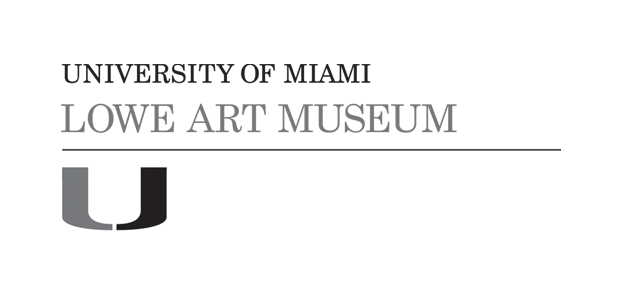Portrait of Potatow and Portrait of Omai
Artist/Maker
Artist Unknown
(Artist Unknown)
Artist/Maker
William Hodges
(England, 1744-1797)
Date1784-1786
CultureEnglish
Mediumengraving
DimensionsSheet: 9 5/8 x 14 3/8 in. (24.4 x 36.5 cm)
ClassificationsVisual Works
Credit LineGift of Drs. Ann and Robert Walzer
Terms
Object number2004.50.9.25
On View
Not on viewCollections
A Raiatean of relatively low status, Omai (Mai) joined Cook for the remainder of the second voyage and returned with him to England, where he stayed for two years. While in England, he was variously presented to British society as a Tahitian chief or the priest of a cult, and Sir Joshua Reynolds (English, 1723-1792), a founder and first president of the Royal Academy, painted a grand portrait of Mai during his visit. Hogg’s engraver has roughly captured the long, softly curling hair that James Caldwall (English, 1739-ca. 1780) added to his original print for volume one of Cook’s 1777 account, but otherwise Hogg’s reproduction shows Mai seated in a stiff side profile with facial features very similar to the other Polynesian men illustrated in the publication. Absent the identifying caption, this could just as easily be a profile portrait of Potatau. Both depictions are types designed to fit into a generic European concept of Polynesian culture, rather than actual portraits of the sitters as individuals.
Artist Unknown
1784-1786













